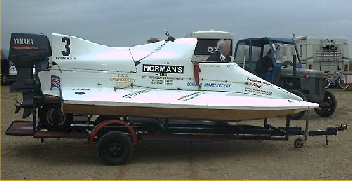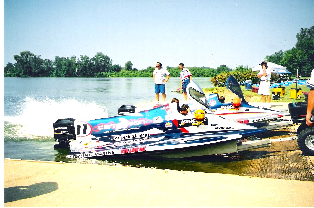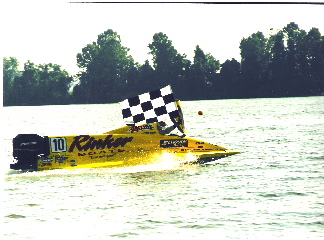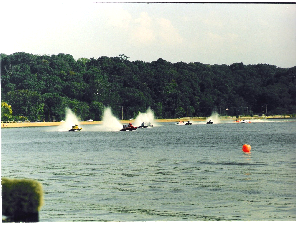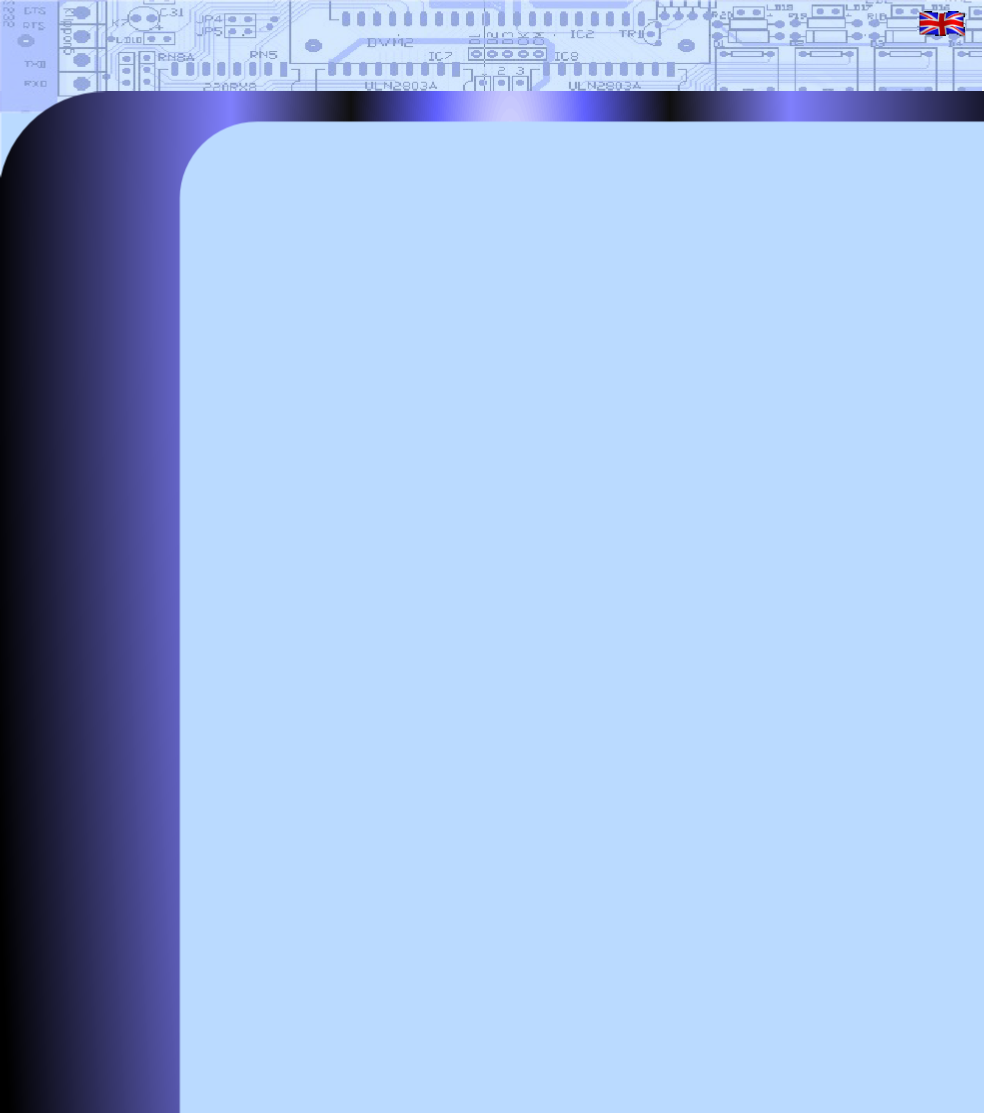
Telesound Ltd
Race Timing System
We have been involved for the past few years in hardware development for automated race timing systems for Motor Sports and F1 inshore/Offshore Powerboats.
Race Timing Systems can be split into 3 types , manual, semi automatic computerised and fully automatic computerised systems.
Manual types are basically individual stopwatches / electronic timers being used for each competitor. Although tried and tested, this method requires a number of people to operate all the stopwatches or timers . Also, it is difficult during the race to give up to date information to spectators
Semi automatic computerised timing systems use a race program, usually running on a PC and the competitors are logged using the keyboard or dedicated external keypad. The advantage of this is that one person can operate it and the information on the screen gives the current positions and times. The disadvantage is that the timekeeper has to continually monitor the Start / Finish line and the times are only going to be as accurate as his reactions. Also, the timekeeper will not be able to accurately enter the times if more than one competitor goes through at the same time.
Fully automatic computerised timing systems can detect when a competitor goes over the line and identify them for insertion into the Race Program.
Car and Motorcycle sports track automatic race timing systems are well established with easy installation of sensors and antenna systems under the track.
However , other Motor Sports such as Powerboat racing present a number of difficult problems for possible automation.
These are :
It is impractical to put sensors underwater on the Start / Finish line. This means that all monitoring has to be done from the shore.
Boats can be anything from 5 to 200 metres from the shore on the Start / finish line depending on the circuit or how they negotiate the last turn before the line.
On some narrow circuits such as river events , boats can be passing within 20 metre of each other in different directions as they go up or down stream. The monitoring equipment has to distinguish whether the boat is going left to right or visa versa.
Depending on the circuit or race conditions, more than 1 boat may be crossing the Start / Finish line at the same time. The timing equipment has to be able to cope with masking from other boats , spray and radio ID transmitting data collision.
It is because of these problems that a reliable system has not been developed in the past for inshore racing (Offshore racing can use GPS but it is not suitable for relatively close proximity
Inshore racing)
